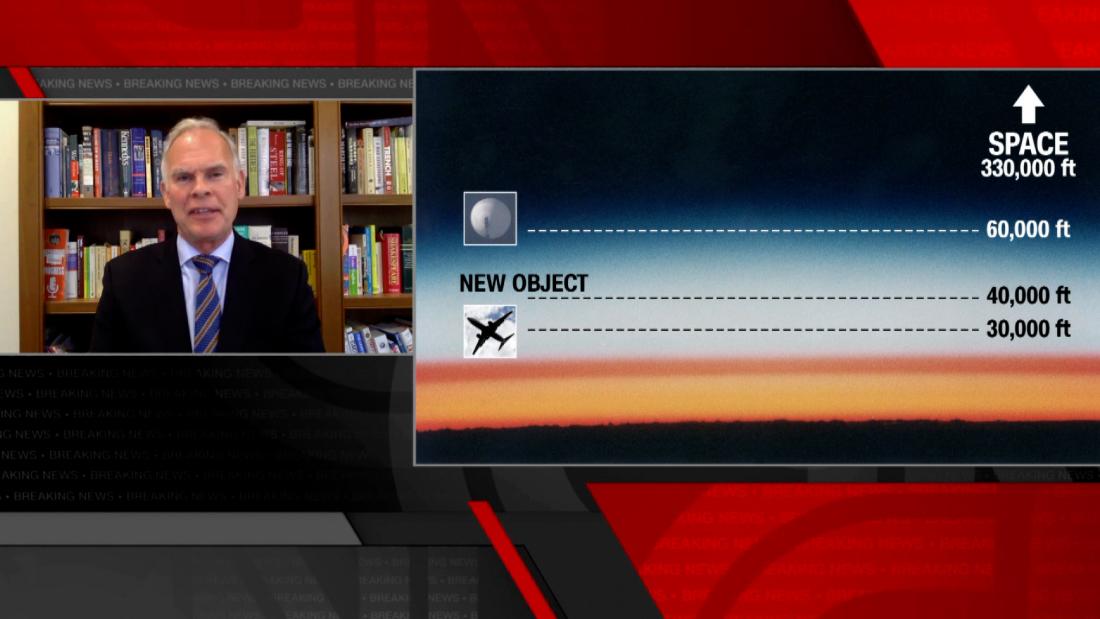Did the Unsolved and Largest Art Theft in U.S. History Just Catch a Break?
A long-time criminal tried to sell one of 13 items stolen in 1990 from the Isabella Stewart Gardner Museum in Boston to a local jeweler who is now hoping to solve the case for a $10 million reward.


Isabella Stewart Gardner museum. Photo by Donna Lumayag via Gardner museum
The largest art theft in US history, in which 13 pieces of artwork, including several Rembrandts, were stolen from the Isabella Stewart Gardner Museum in Boston in 1990, remains unsolved to this day despite a $10 million reward.
But, according to the Boston Globe, a recent public admission by former local jeweler Paul Calantropo that one of the stolen items, a gilded bronze eagle finial, was presented to him for sale only a month after the heist by Bobby Donati, an old acquaintance with ties to the mafia and a record for robberies who had often come to him in the past with precious stones to be appraised, offers a tantalizing clue that supports other accounts linking Donati to the crime.
The following year, Donati was brutally murdered and experts suggest that the theory that Donati hid the artwork before he was murdered would explain why it has never been discovered.
But the new information has strengthened the resolve of a team of sleuths that includes Calantropo himself who are working in tandem with the FBI and have signed an agreement with the Gardner Museum stipulating that the members will share equally in the reward if they provide information that leads to the return of the artwork in restorable condition.
Michael Kradolfer, a longtime investigator for the Massachusetts Department of Correction who was assigned to the FBI’s organized crime unit before retiring several years ago, said the FBI told him that Calantropo’s recollection of the physical characteristics of the finial was consistent with the one stolen from the museum, lending credence to his account.
In 2013, the FBI announced it was confident it had identified the thieves — local criminals who have since died — but declined to name them. Authorities said they believed some of the artwork changed hands through organized crime circles while moving from Boston to Connecticut to Philadelphia, where the trail went cold. In 2015, the museum offered a $100,000 reward for information leading directly to the finial, the least valuable item stolen.
Robert Fisher, a former assistant US attorney who oversaw the Gardner investigation from 2010 to 2016, said Donati was investigated as a potential suspect before Calantropo came forward. Donati’s criminal record dated to the 1950s and included convictions for armed robbery, arson, bond theft and possession of counterfeit bills. He was under investigation for drug trafficking at the time of his slaying.

An eagle finial, one of the missing pieces. Photo courtesy Isabella Stewart Gardner Museum
While the FBI has never publicly identified Donati as a suspect, notorious art thief Myles Connor wrote in his 2011 biography that he had cased the Gardner museum with Donati years before the theft.
Connor also said a longtime friend, David Houghton, visited him in prison shortly after the robbery and told him Donati was one of the thieves and they planned to leverage the artwork to win Connor’s release.
This summary was prepared by TCR Deputy Editor Isidoro Rodriguez

 Landwebs
Landwebs 




















